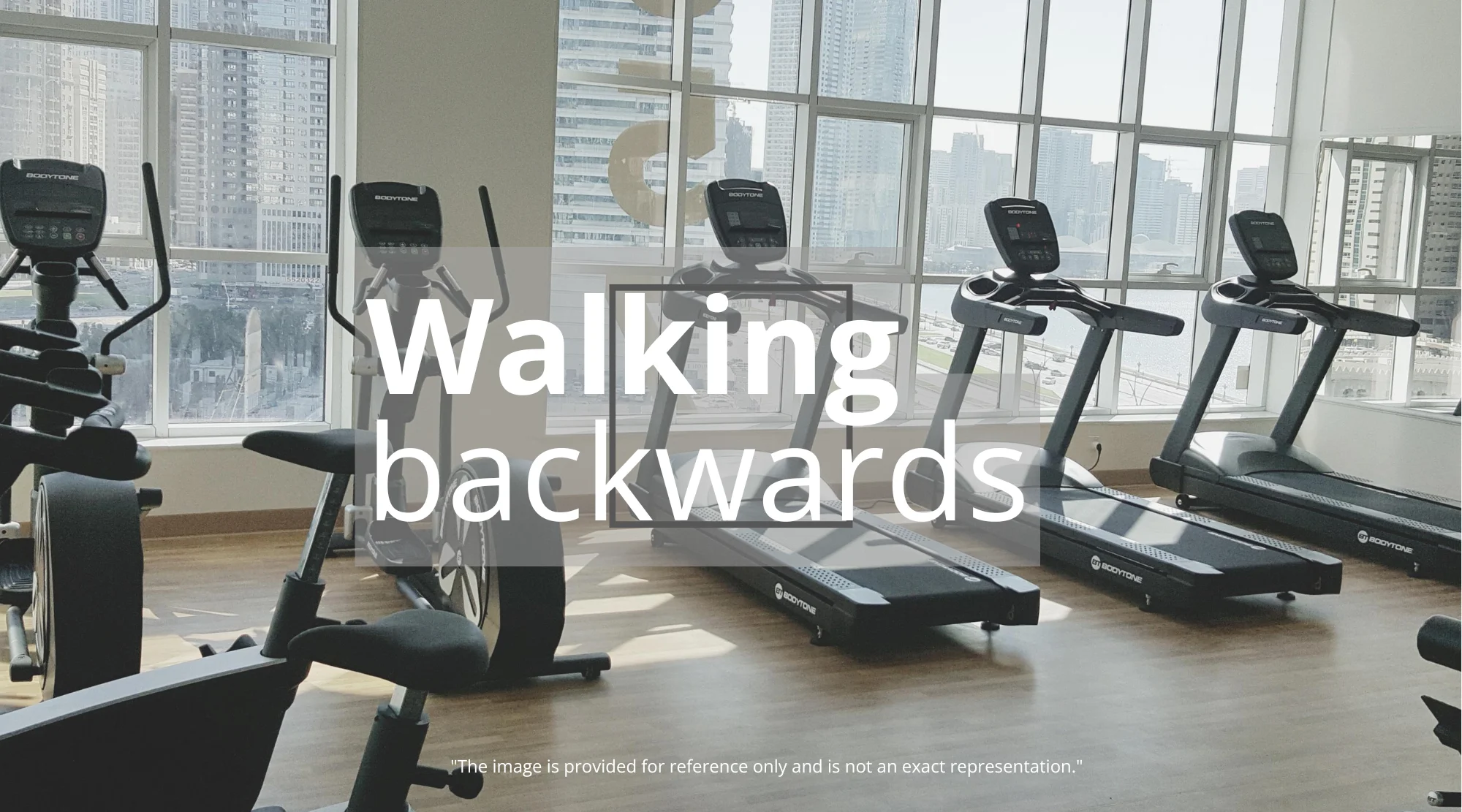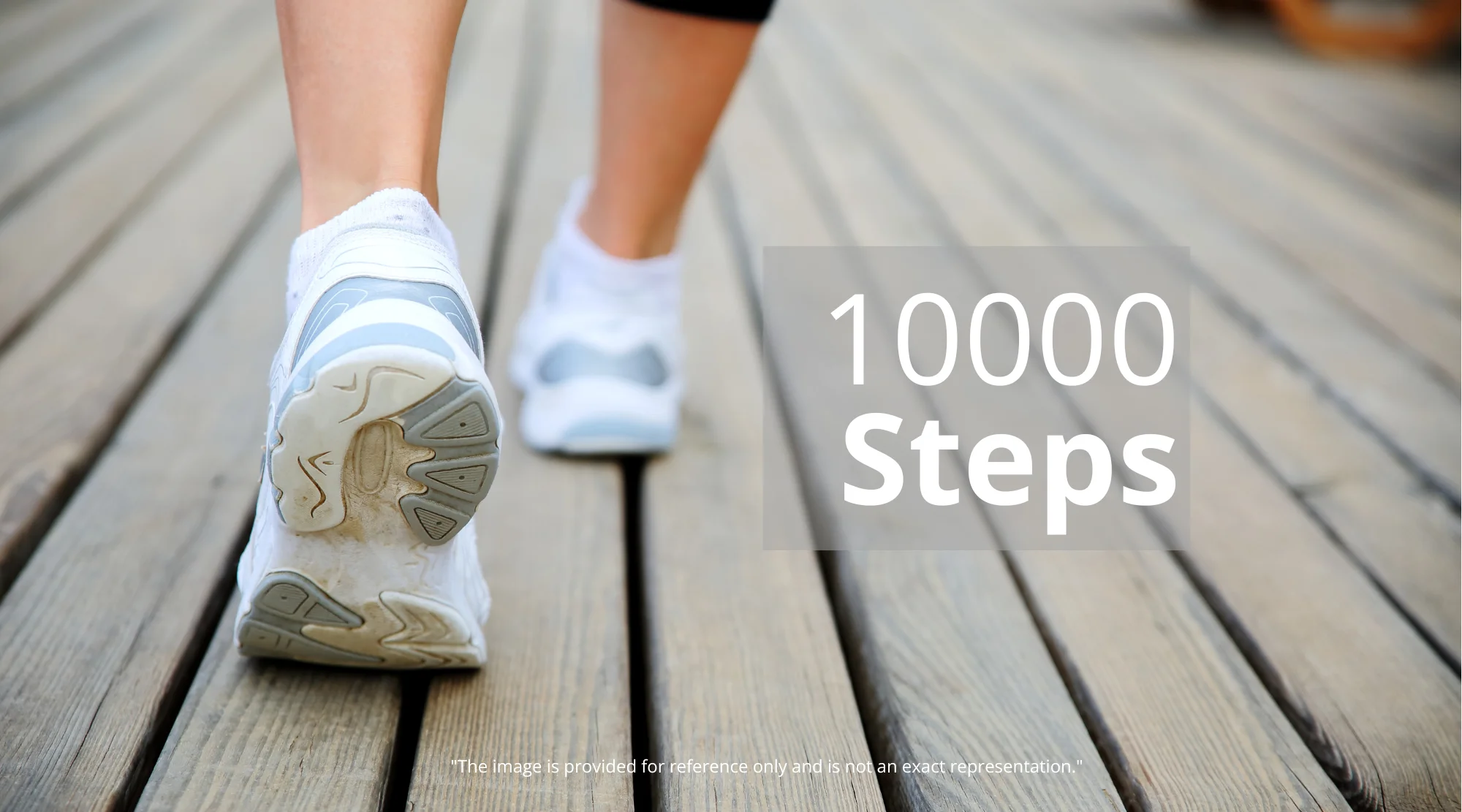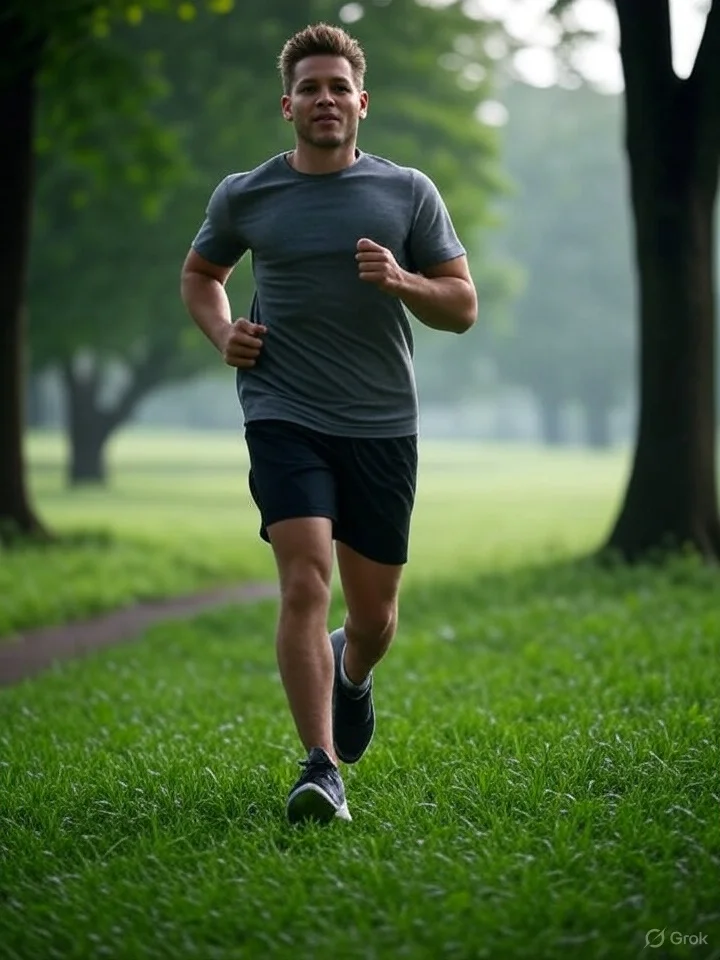The Unexpected Power of Walking Backwards: A Revolutionary Fitness Trend
Have you ever seen someone on a treadmill walking backwards and thought, “What are they doing?” It might seem strange, but walking backwards is quickly becoming a fitness secret weapon, and for good reason. This unconventional exercise offers a wealth of benefits, from enhanced muscle strength and improved balance to reduced pain and increased fat burning. This article dives deep into the science-backed advantages of this unique workout, revealing how you can incorporate it into your routine for a healthier and fitter you.

The Science Behind Backward Walking: Unveiling the Benefits
Walking backwards isn’t just a quirky trend; it’s a biomechanical shift that triggers a cascade of positive effects throughout the body. Unlike forward walking, which we’ve become accustomed to from a young age, walking in reverse engages muscles in a different way, leading to a host of surprising advantages.
Enhanced Muscle Activation and Strength
One of the primary benefits of walking backwards is the increased muscle activation, particularly in the lower body. This unusual movement pattern forces muscles to work in a different way. For instance, the quadriceps are put under additional strain during backward walking and are crucial for stabilizing the knee. The hamstrings and glutes are more engaged, promoting a balanced muscle development in the lower body, which can help enhance athletic performance.
Improving Balance and Coordination
Backward walking requires more concentration, which has been shown to enhance your balance and coordination. Because you can’t see where you’re going, your body’s proprioceptive system (the sense of body position) is put to the test, forcing you to be more aware of your surroundings and body movements. This heightened awareness can translate into improved balance in everyday activities and potentially reduce the risk of falls.
Reduced Joint Stress and Pain Relief
The unique mechanics of walking backwards can also alleviate certain types of joint pain, especially in the knees. It can be helpful for conditions such as plantar fasciitis. By altering the range of motion and reducing impact forces, backward walking can be a gentler exercise.
The Impact on Fat Loss and Energy Expenditure
Studies have shown that walking backwards burns more calories than walking forward at the same speed. One study showed a 40% increase in energy expenditure when walking backwards. This increased metabolic demand makes backward walking an efficient tool for weight loss and overall fitness. If you’re looking to increase your fat burning potential, consider adding backward walking to your routine.
Who Can Benefit from Walking Backwards?
While the benefits of backward walking are undeniable, it is natural to wonder who can most benefit from this emerging trend. This fitness strategy provides benefits for a wide range of individuals:
Athletes and Fitness Enthusiasts
Athletes and fitness enthusiasts, particularly those involved in sports requiring agility and balance, can significantly benefit from backward walking. It helps to strengthen muscles that are often underutilized during forward movements, which may lead to improved performance and reduced risk of injuries. Athletes can incorporate backward walking into their training to enhance their overall strength and coordination.
Individuals Seeking Rehabilitation and Injury Prevention
Backward walking is an excellent tool for rehabilitation and injury prevention. It can be a gentler exercise for those with knee pain or other lower body injuries. By strengthening supporting muscles and improving balance, it can speed up the recovery process and prevent future injuries.
Anyone Looking to Mix Up Their Workout Routine
Even if you are not an athlete or experiencing any specific physical issues, walking backwards can be a valuable addition to your workout routine. It offers a unique challenge to your body, helping to break through plateaus and add variety to your fitness regimen. It can be integrated into your existing workout to challenge your body in new ways.
Safety Tips and Considerations
Before you start walking backwards on a treadmill or any other surface, it is essential to prioritize safety:
Start Slowly and Gradually Increase Intensity
Begin at a slow pace and gradually increase the speed and incline as you become more comfortable. This allows your body to adapt to the new movement pattern and reduces the risk of injury.
Use the Treadmill Handrails
When starting, it’s always a good idea to use the handrails on the treadmill for support and balance, especially until you are used to it.
Ensure a Clear Walking Area
Always make sure there are no obstacles in your path. Whether you’re on a treadmill or walking outside, clear the area to prevent tripping. This is especially important when you’re first starting out and may not be as aware of your surroundings.
Listen to Your Body
Pay attention to any discomfort or pain. If you experience any, stop immediately and consult with a healthcare professional or physical therapist.
Walking Backwards: Practical Implementation
Here are some practical tips on how to incorporate backward walking into your fitness routine:
Treadmill vs. Outdoor Walking
- Treadmill: The treadmill provides a controlled environment. Start with a low speed and incline, gradually increasing both as you become more comfortable. Always use the handrails for support at first. Consider including this workout into your program: 20-Minute Power Yoga: Energize Your Mornings With This At-Home Workout.
- Outdoor: If you choose to walk outdoors, select a flat, obstacle-free surface. Be extra cautious of your surroundings, looking for uneven ground, potholes, or other hazards.
Integrating Backward Walking into Your Routine
- Warm-up: Start with a few minutes of backward walking at a low intensity as part of your warm-up.
- Workout Intervals: Incorporate backward walking into your workout with intervals of forward walking. For example, walk forward for three minutes, then backward for one.
- Cool-down: End your workout with a few minutes of backward walking to help your muscles recover.
The Value of Professional Guidance
Consulting a physical therapist or certified fitness trainer can be extremely valuable. They can provide personalized guidance and ensure you perform the exercise safely and effectively. They can also help modify the exercise to meet your specific needs and goals.
The Power of Backward Walking: Enhancing Your Overall Health
This exercise can be a powerful addition to your fitness regimen. By taking advantage of the unique benefits of backward walking, you can improve muscle strength, enhance balance, reduce pain, and boost your metabolism. For those looking to make significant changes in their well-being, you can explore the benefits of these other articles: Unleash Your Health: The Ultimate Guide to the Amazing Benefits of Outdoor Exercise and Exercise & Gut Health: How Physical Activity Transforms Your Gut Microbiome.
Frequently Asked Questions
Is backward walking safe for everyone?
While generally safe, those with balance issues or severe injuries should consult a healthcare professional before starting. It’s best to start slow and gradually increase intensity.
What muscles does backward walking work?
It primarily targets the quadriceps, hamstrings, glutes, and core muscles.
How often should I incorporate backward walking into my routine?
Start with a few sessions per week and adjust based on your comfort level and goals.
What are some alternative ways to do backward walking?
You can do it on a treadmill or outdoor, but always ensure a clear and safe path.
Are there any potential drawbacks to backward walking?
It may feel awkward at first, and it requires more concentration. There’s also a higher risk of tripping if you’re not careful.
Can backward walking help with weight loss?
Yes, due to its higher energy expenditure compared to forward walking.
Is it beneficial for people with back pain?
It can be, but it’s always a good idea to consult a doctor or physical therapist first. Consider reading: Unwind Back Pain: Child’s Pose for Desk Workers – A Complete Guide.
Can backward walking improve my posture?
It can, because of the way it activates your core and back muscles. For more posture advice, read Beyond Standing Straight: The Truth About Posture & How to Achieve Healthy Alignment.
Conclusion: Embrace the Reverse Revolution
Walking backwards is a simple yet effective way to revamp your fitness routine. By incorporating this unconventional exercise, you can unlock a world of benefits. It is a fresh approach to fitness that can help you achieve your health goals. So, embrace the reverse revolution, step onto that treadmill (carefully!), and experience the transformative power of backward walking. You might just find it’s the best step you ever took.














Post Comment